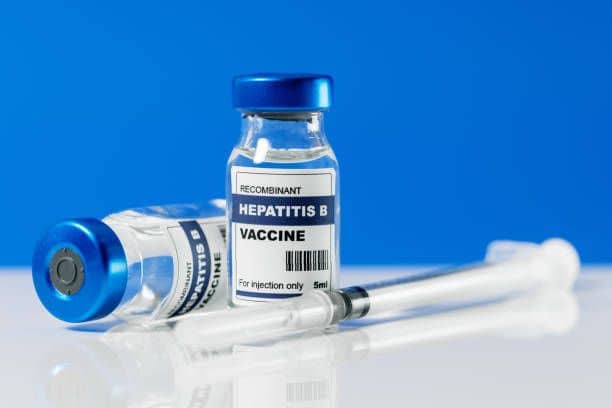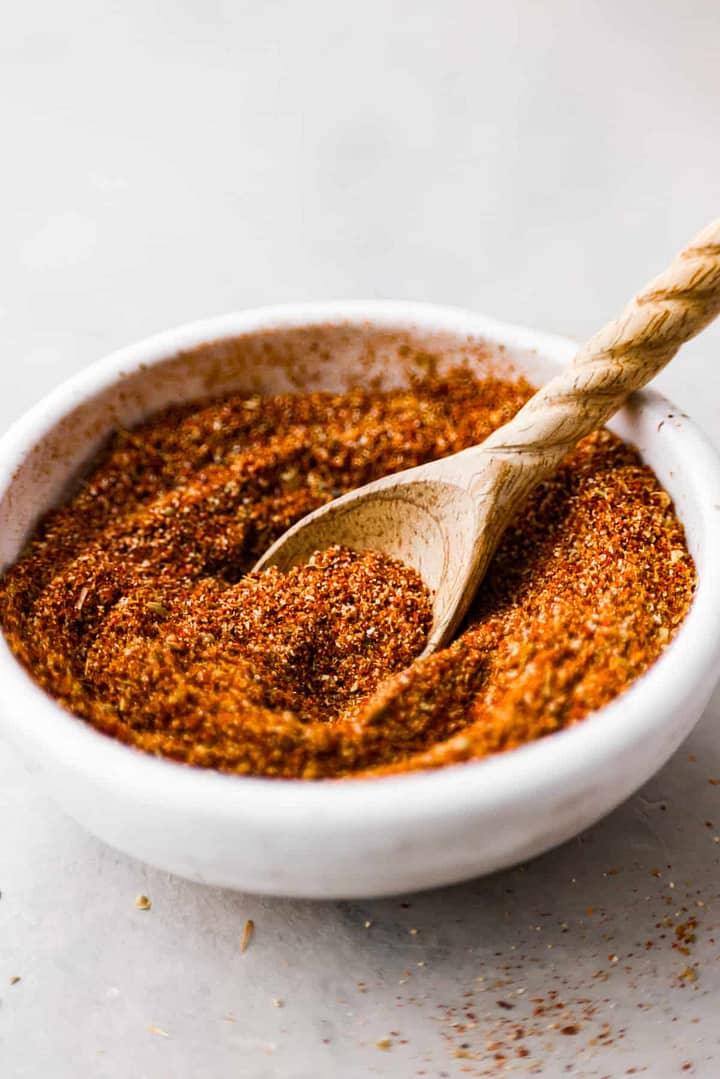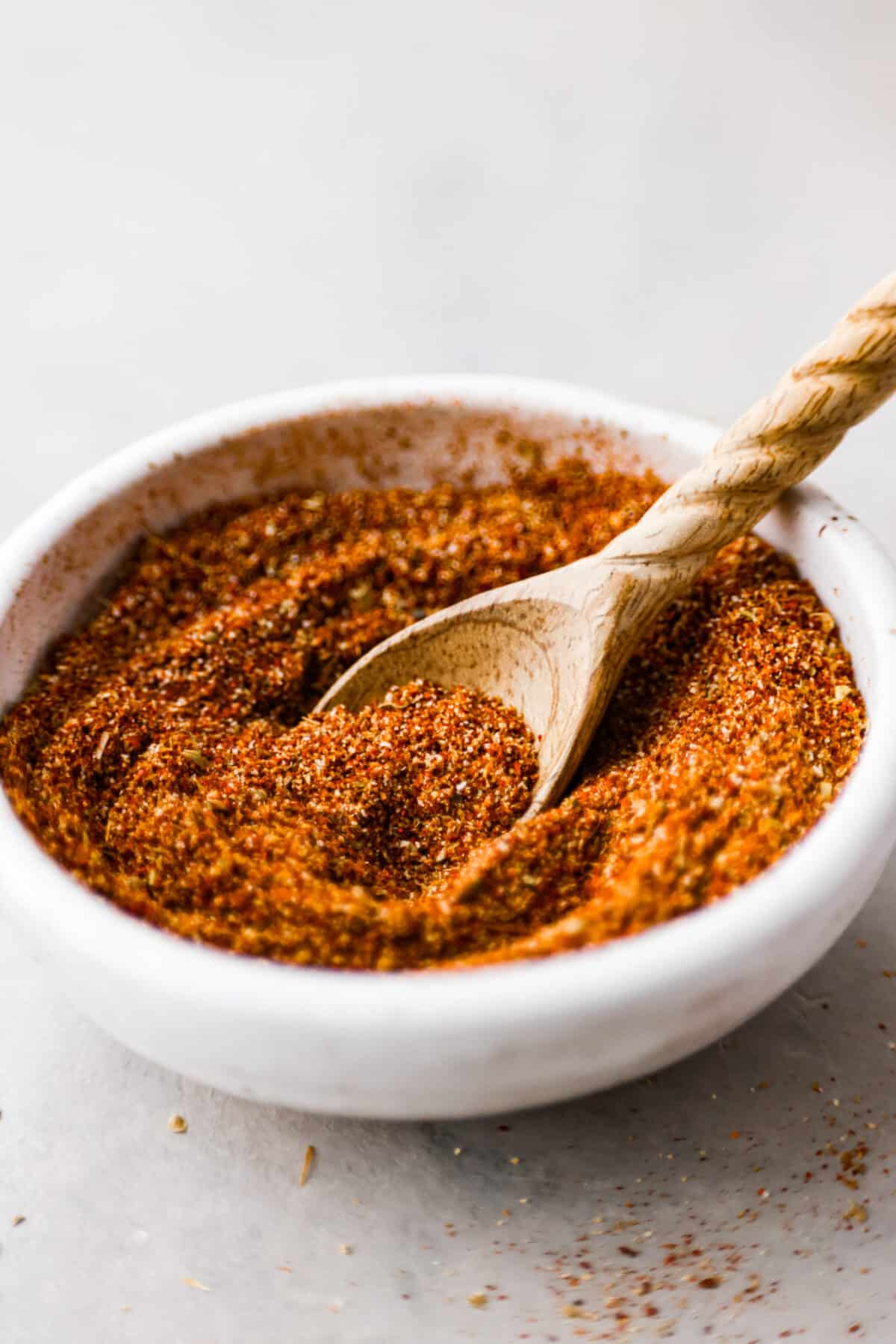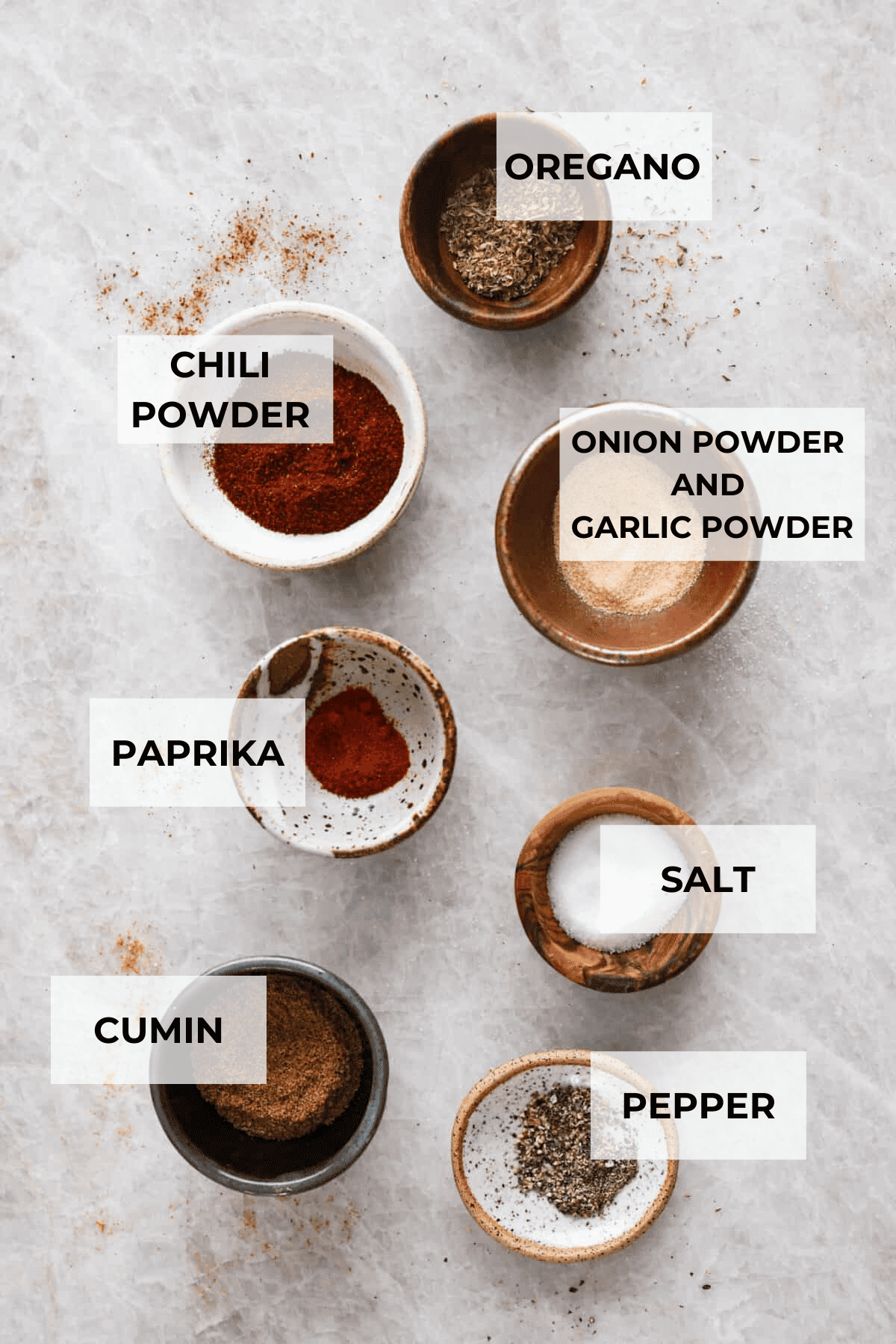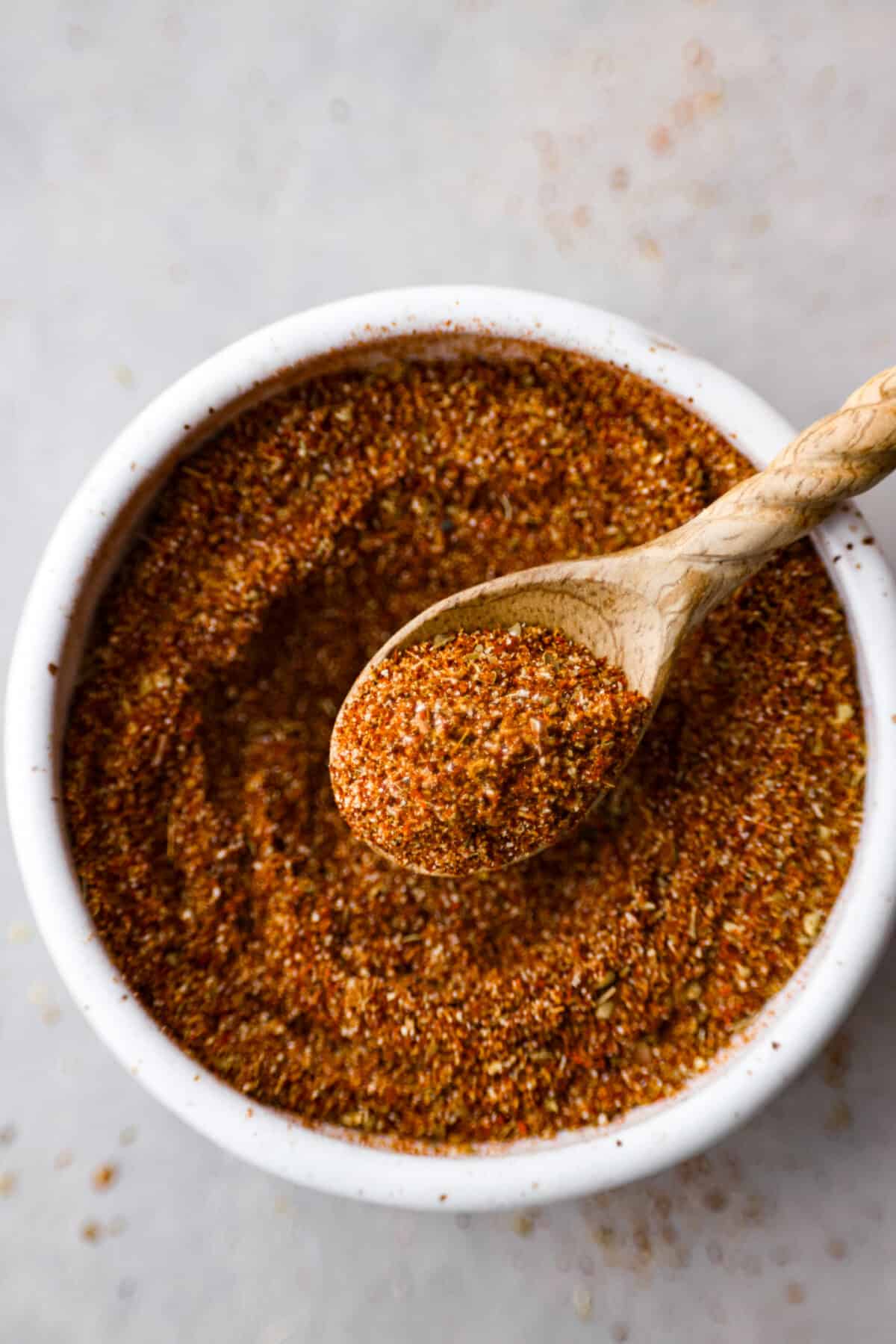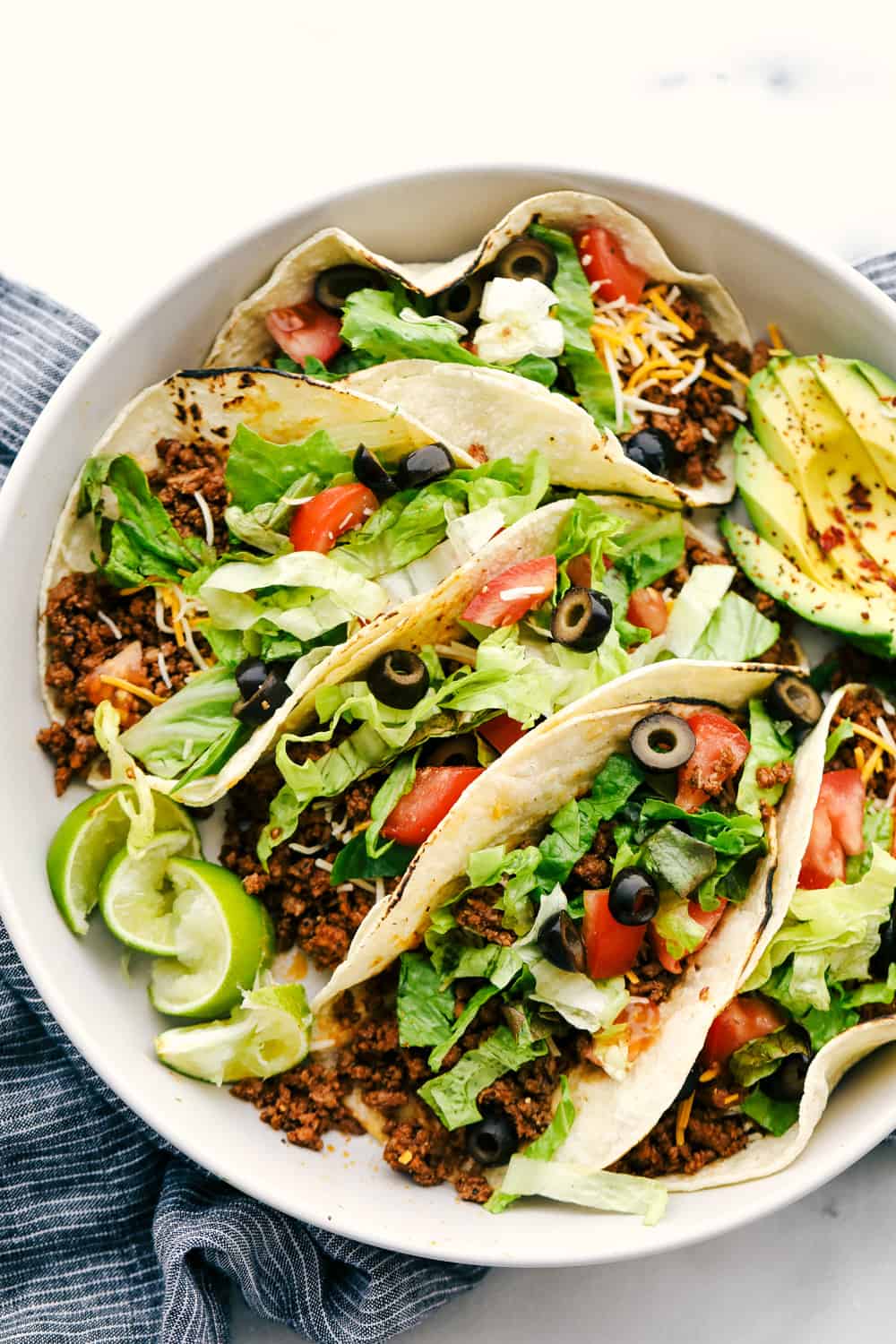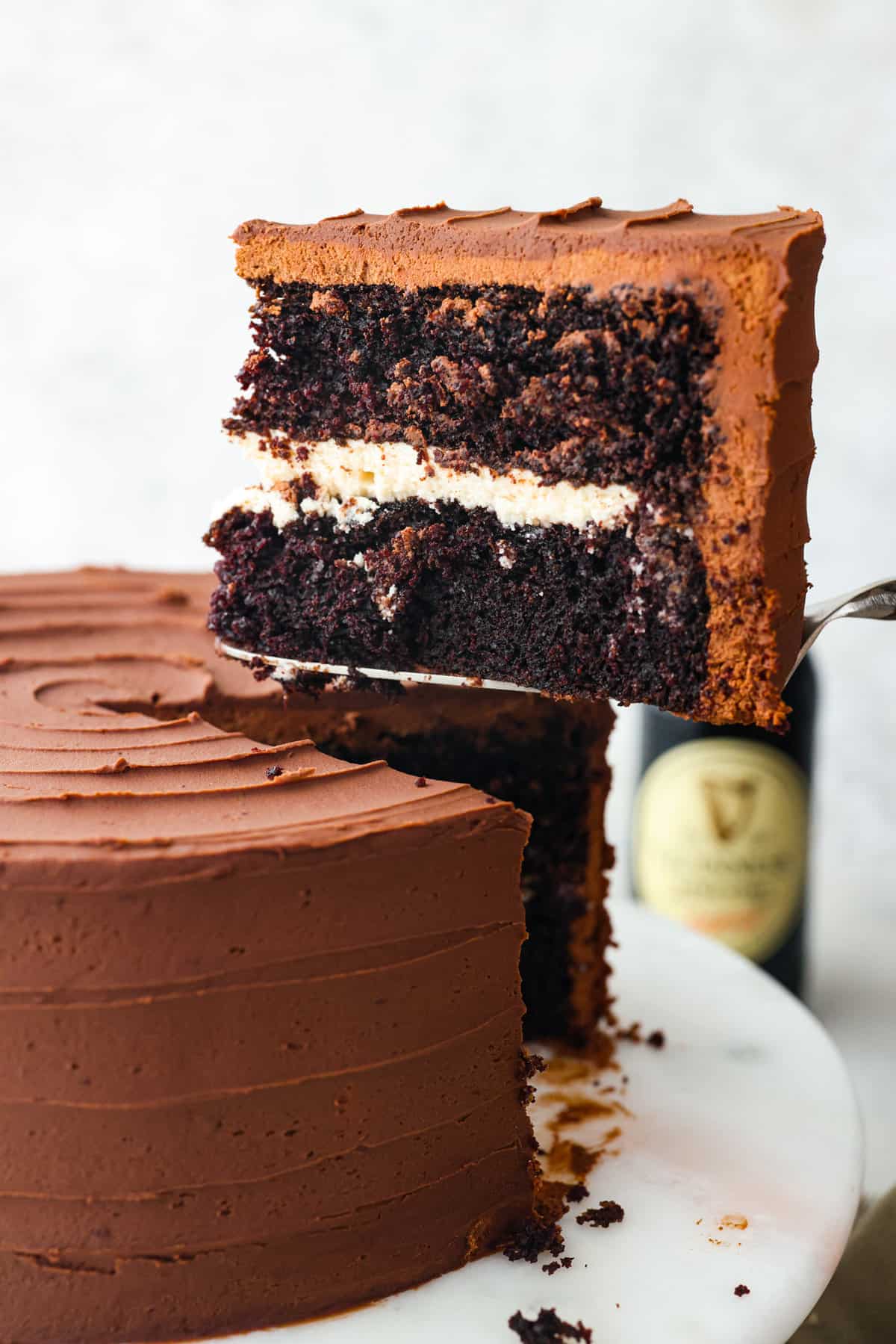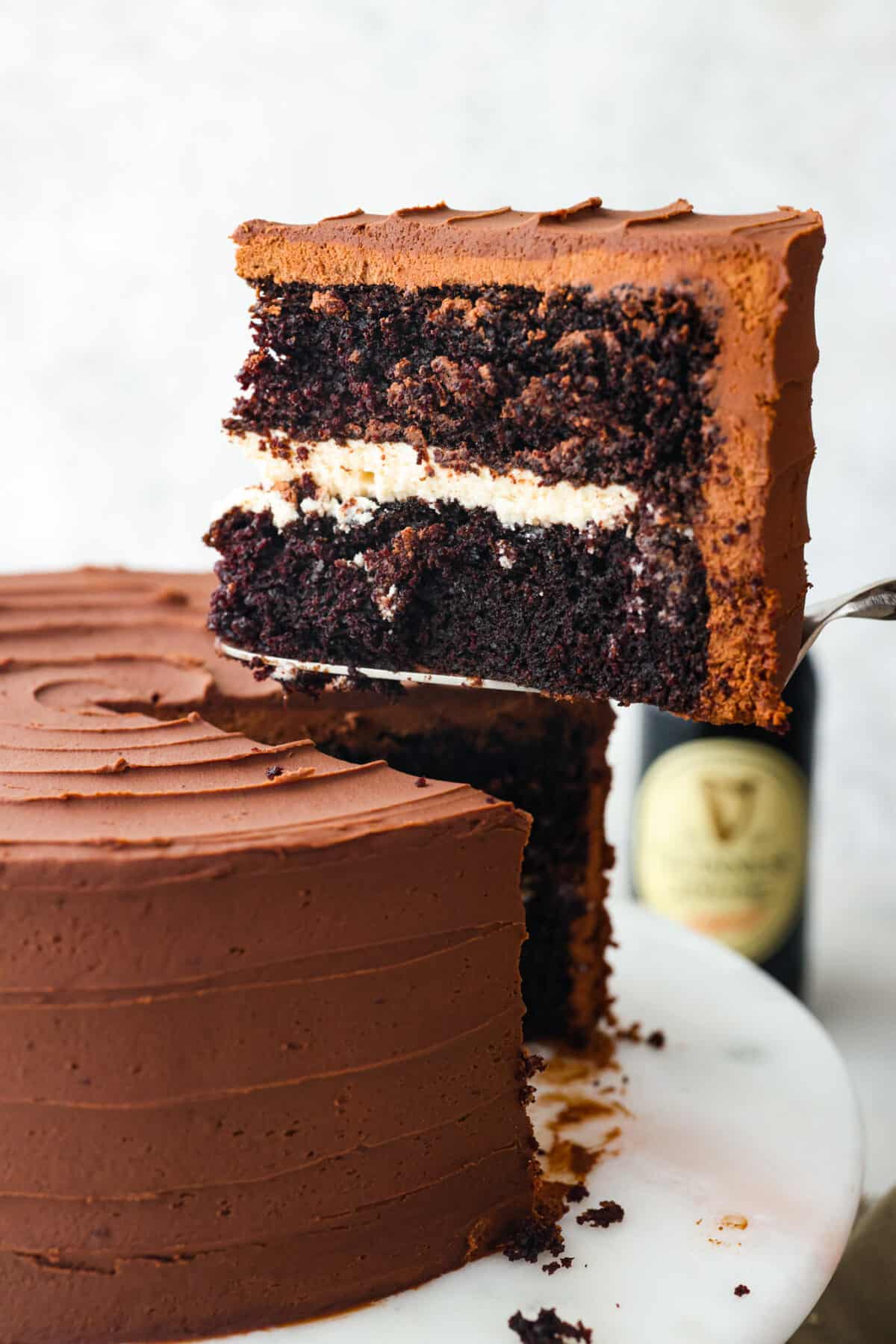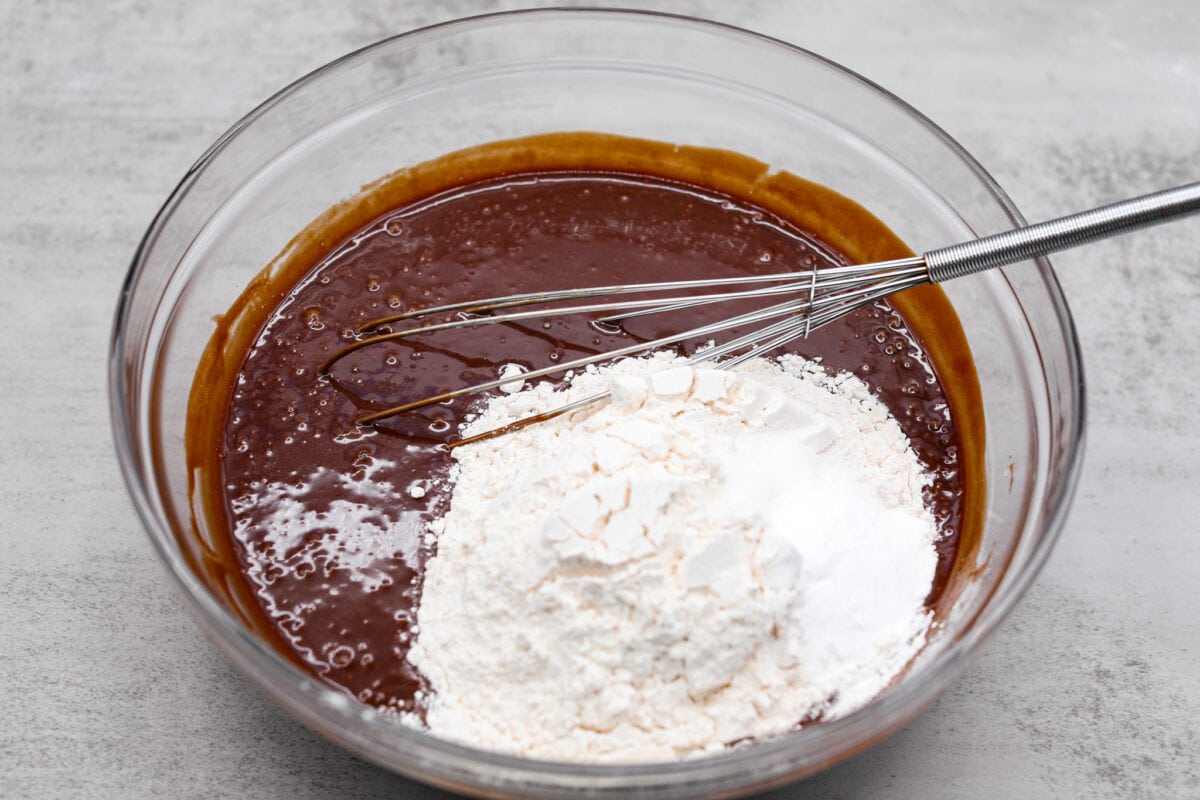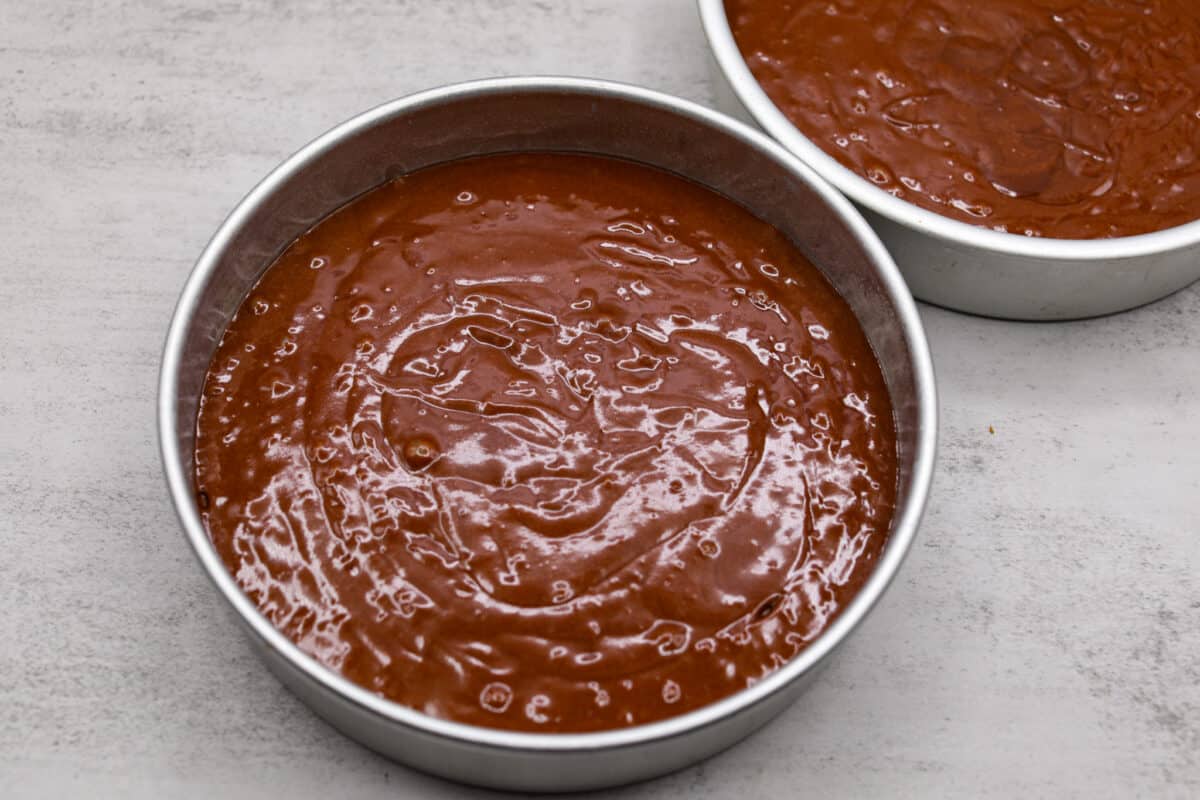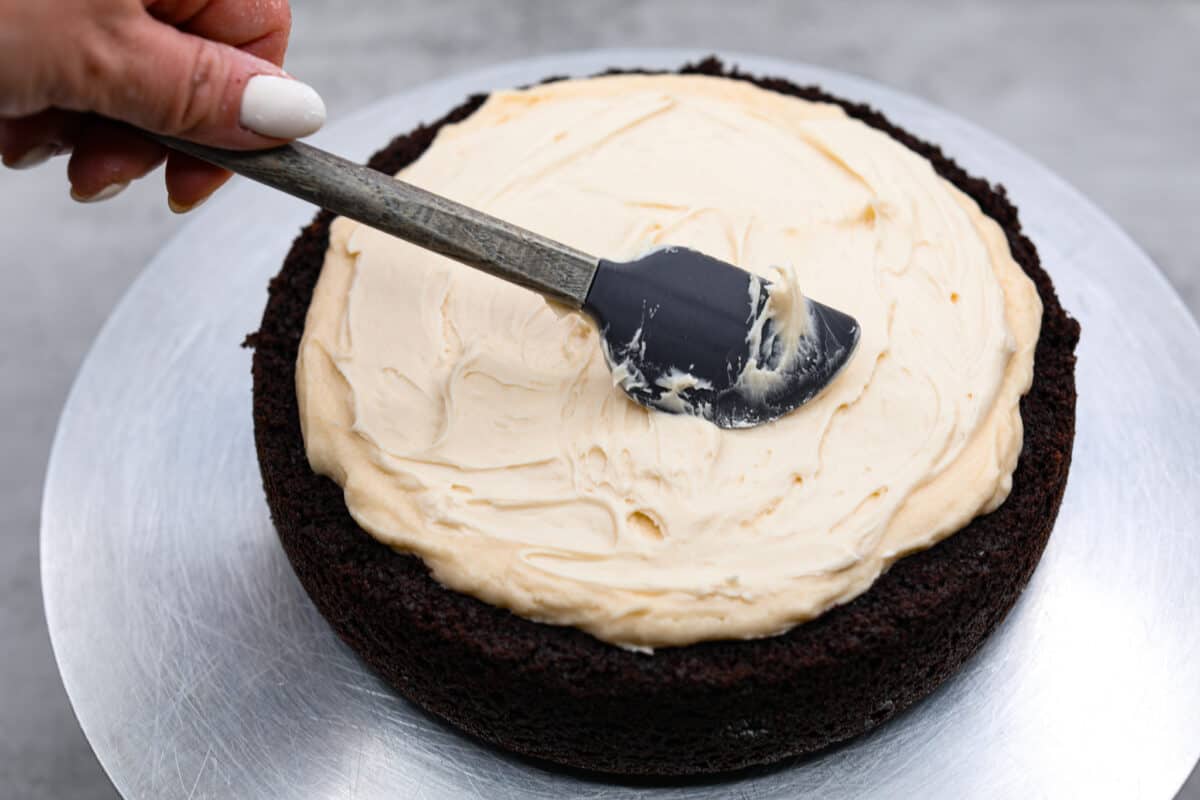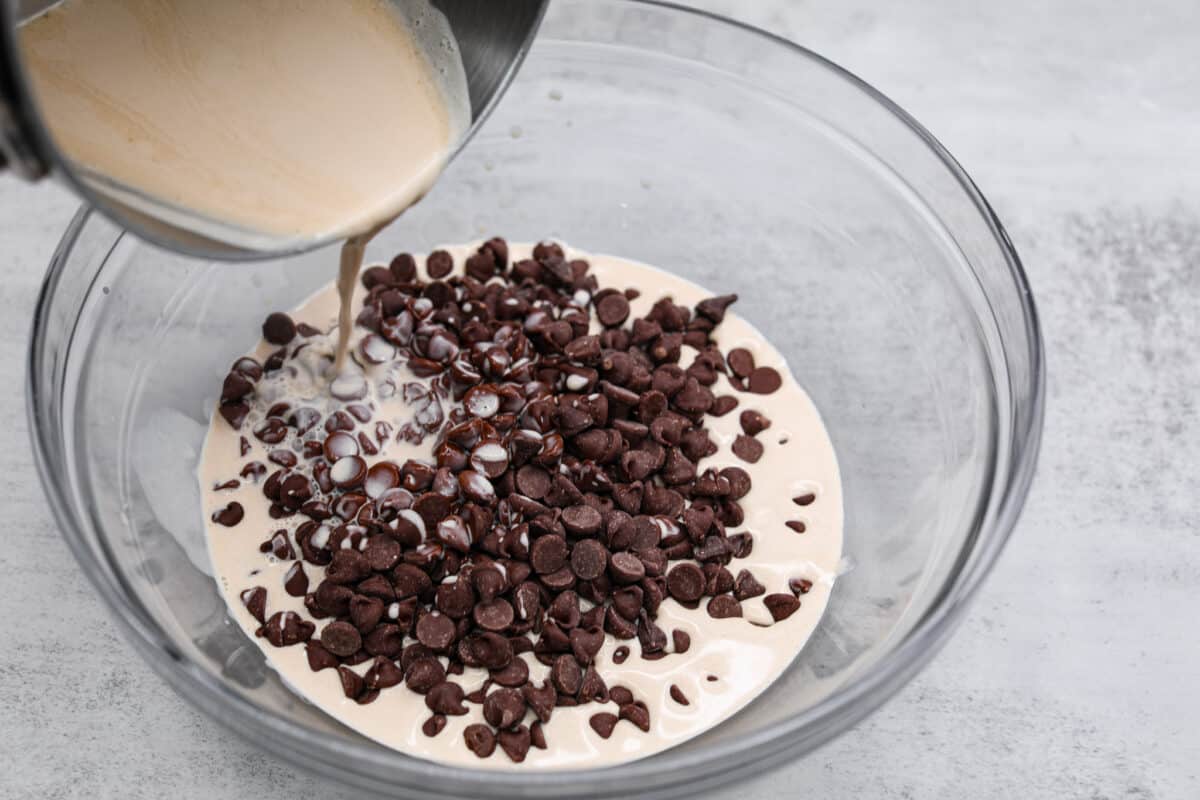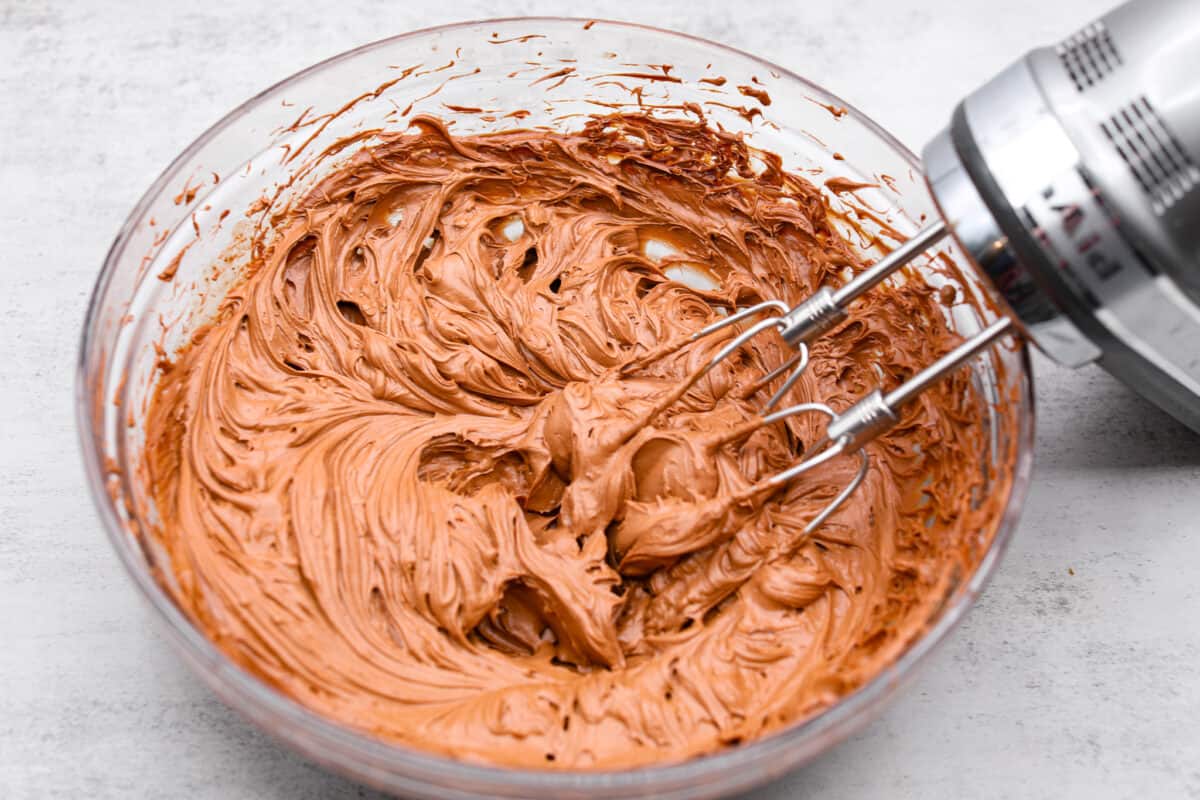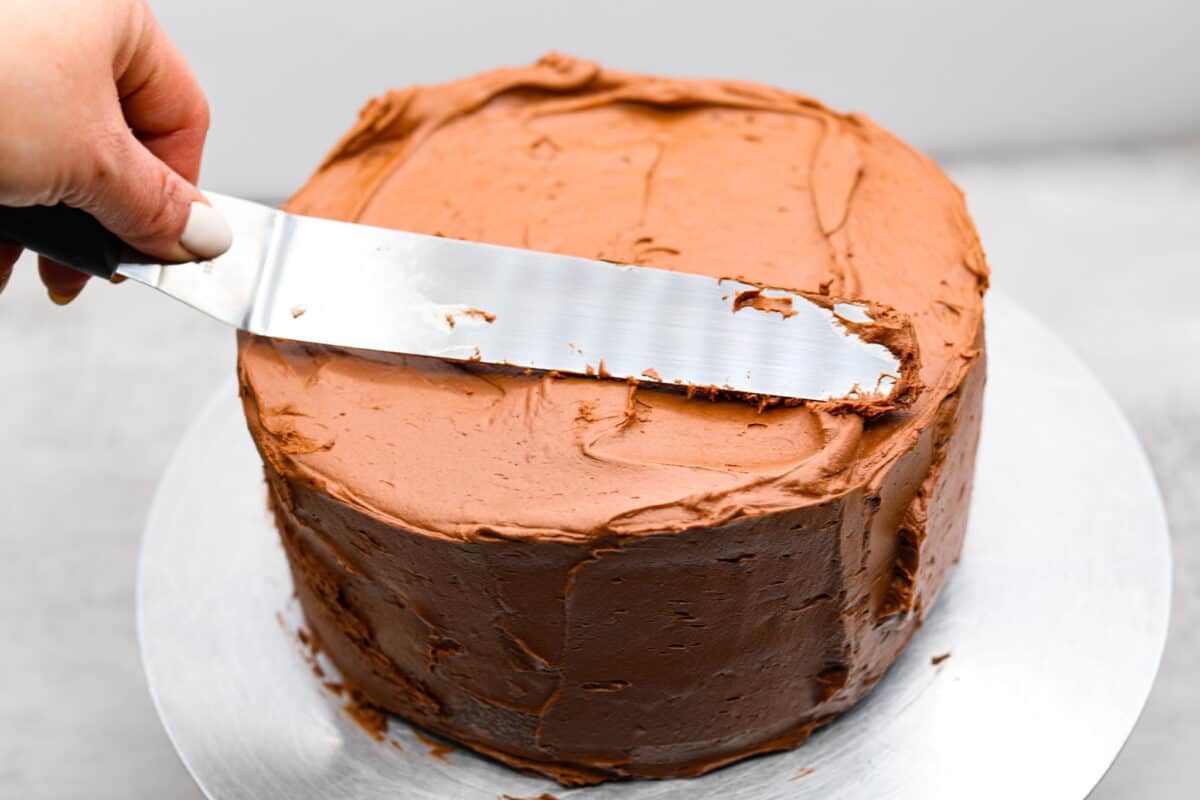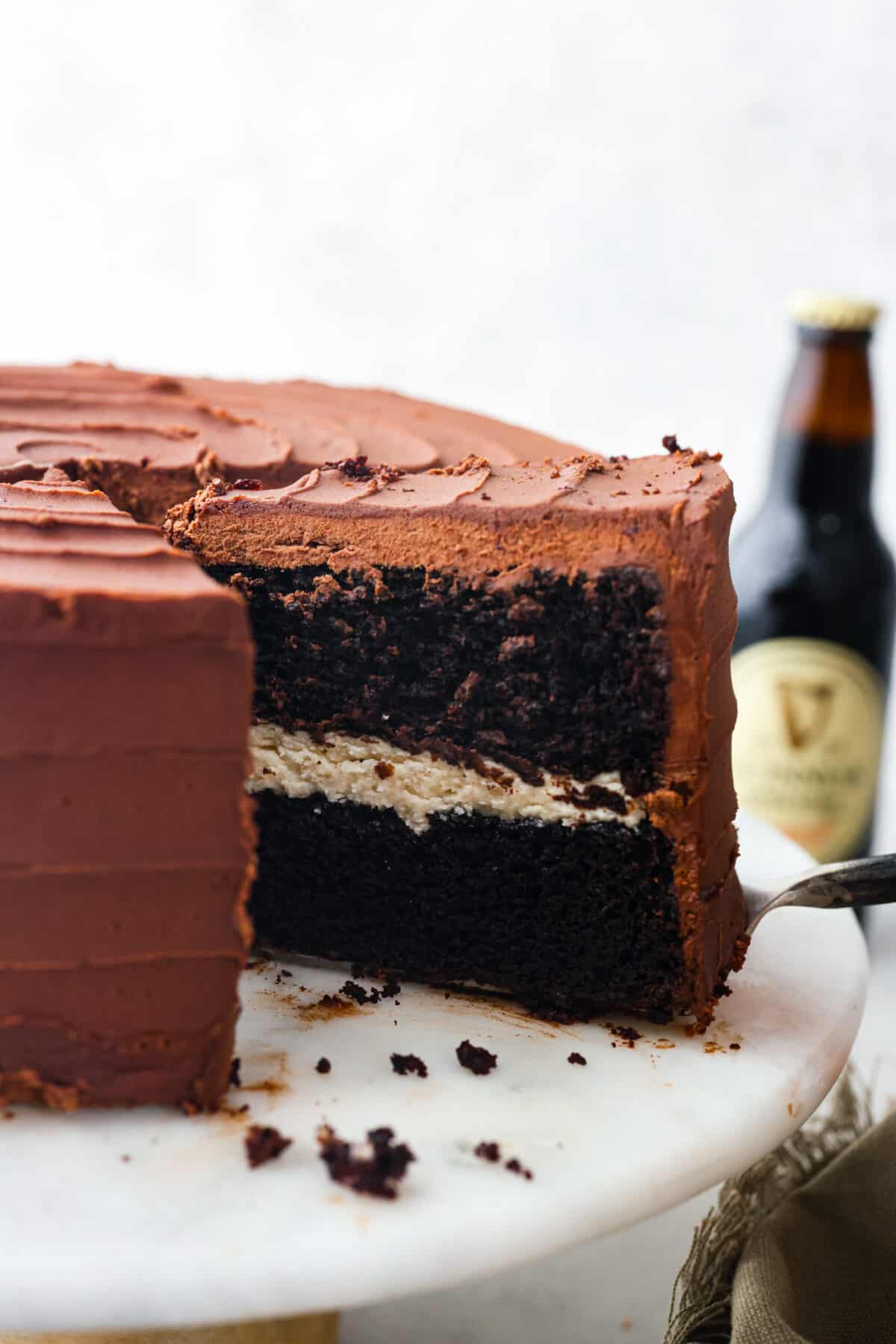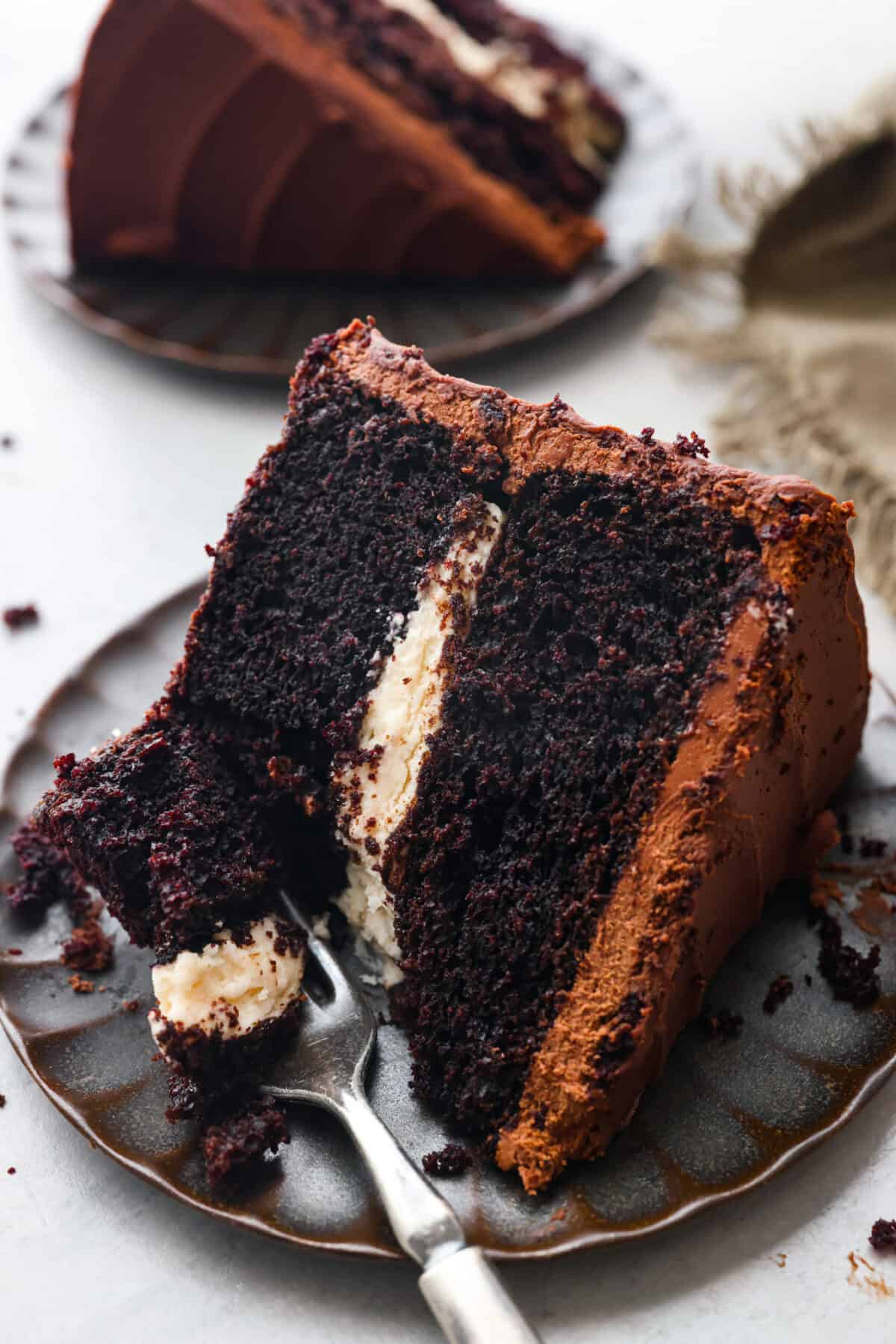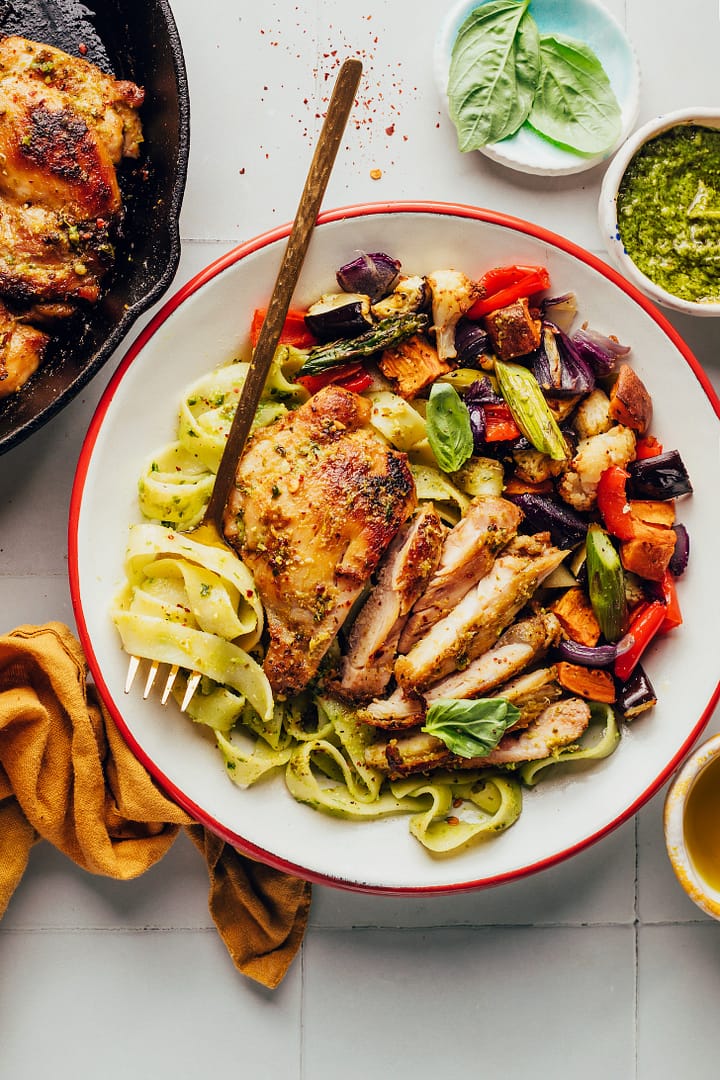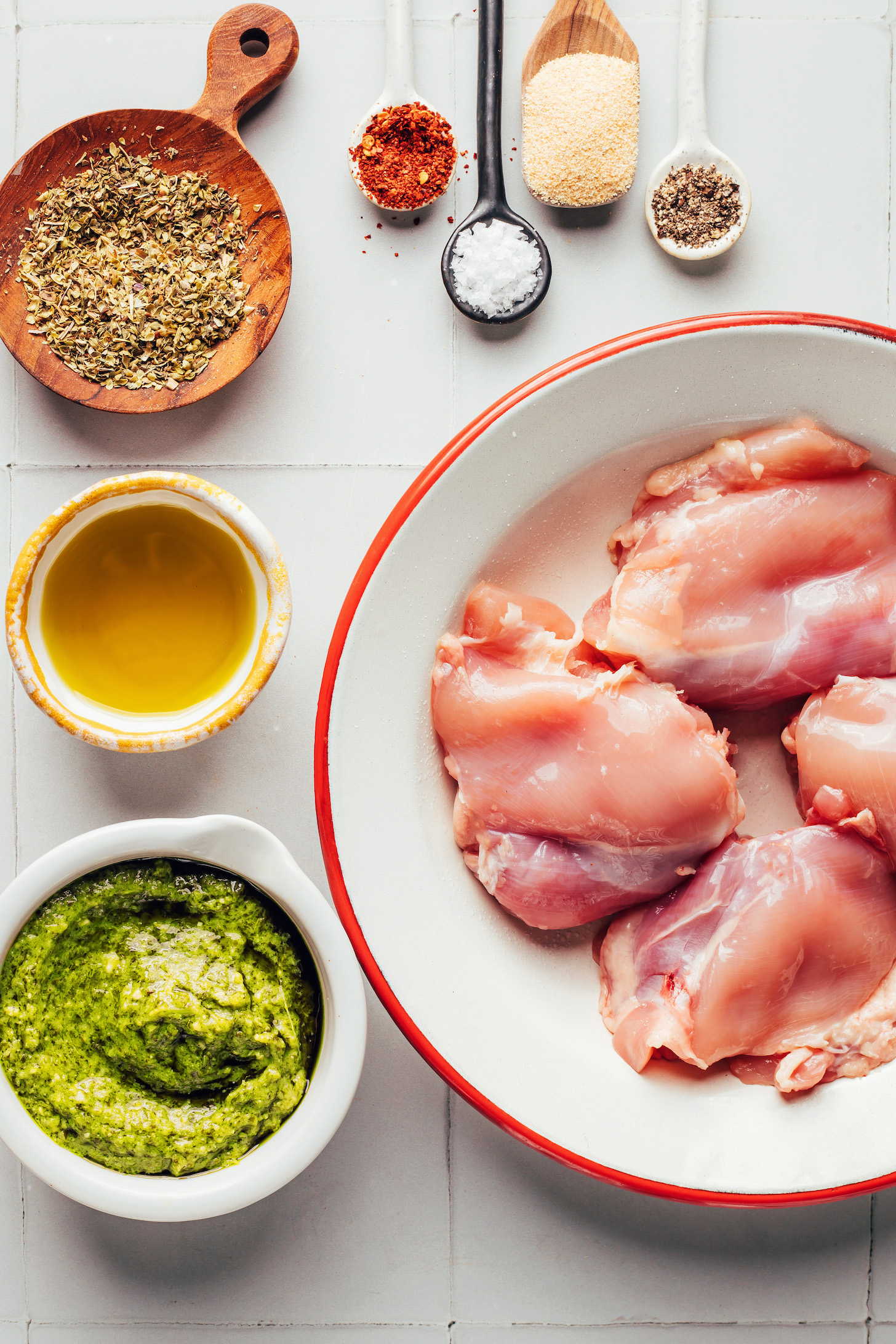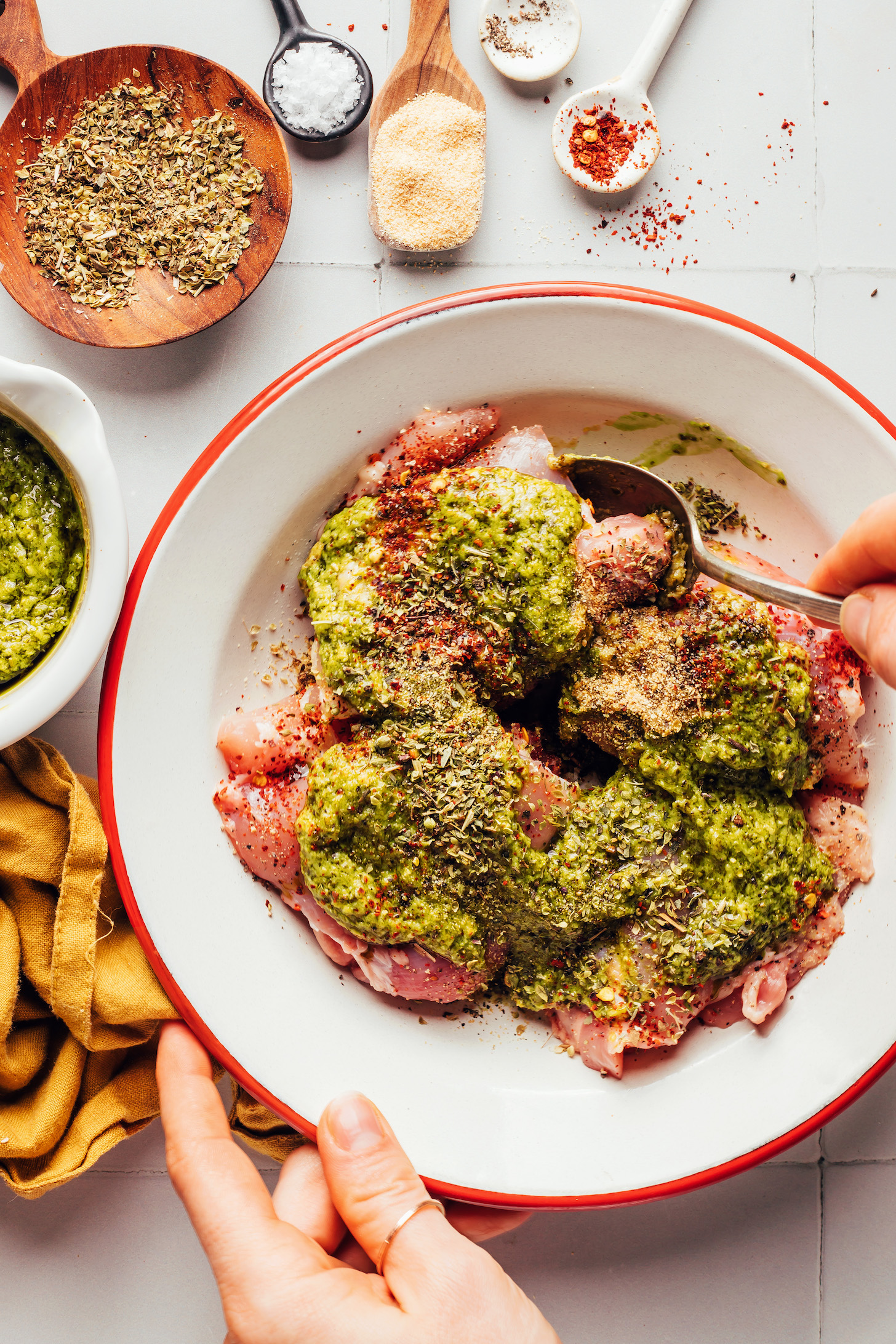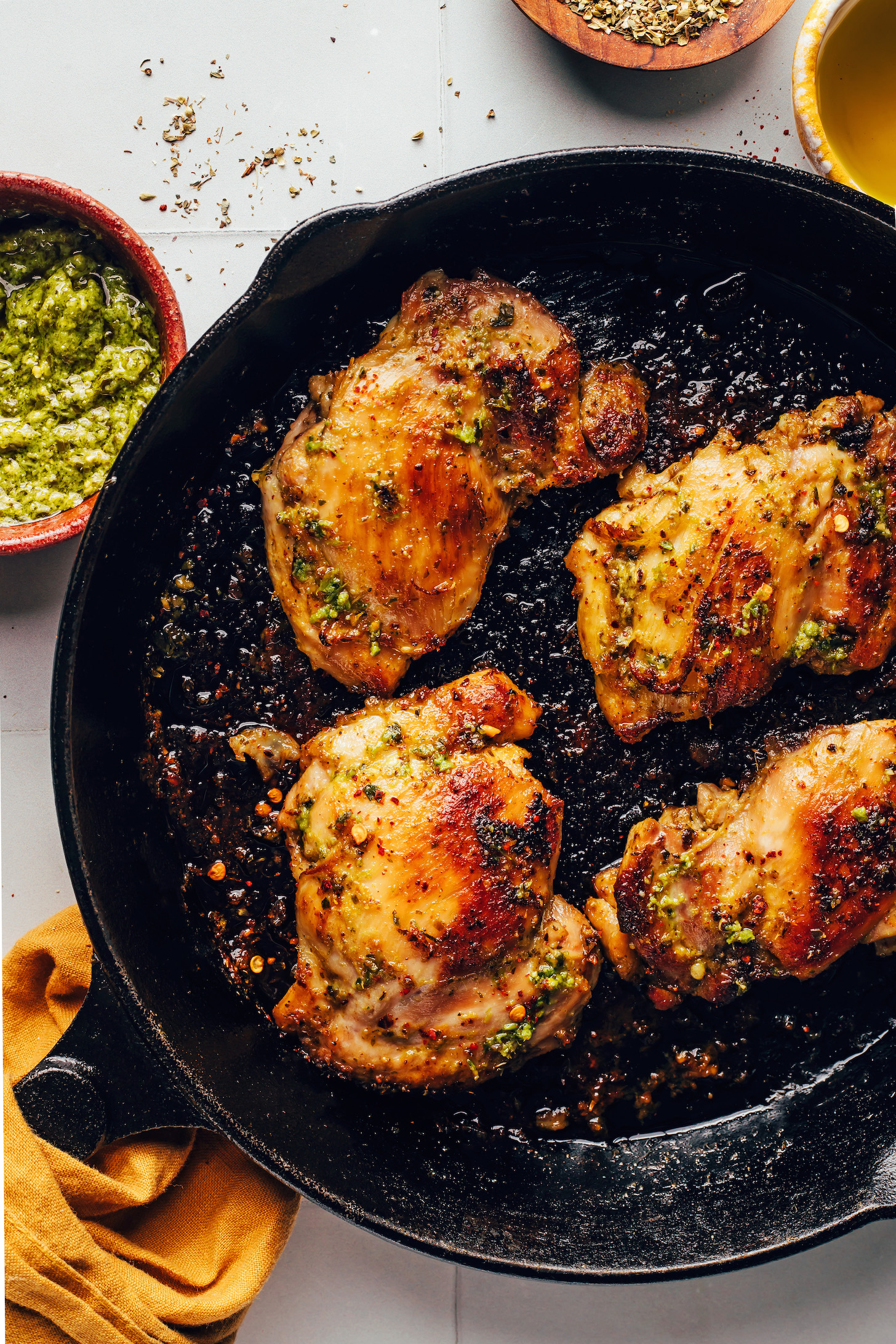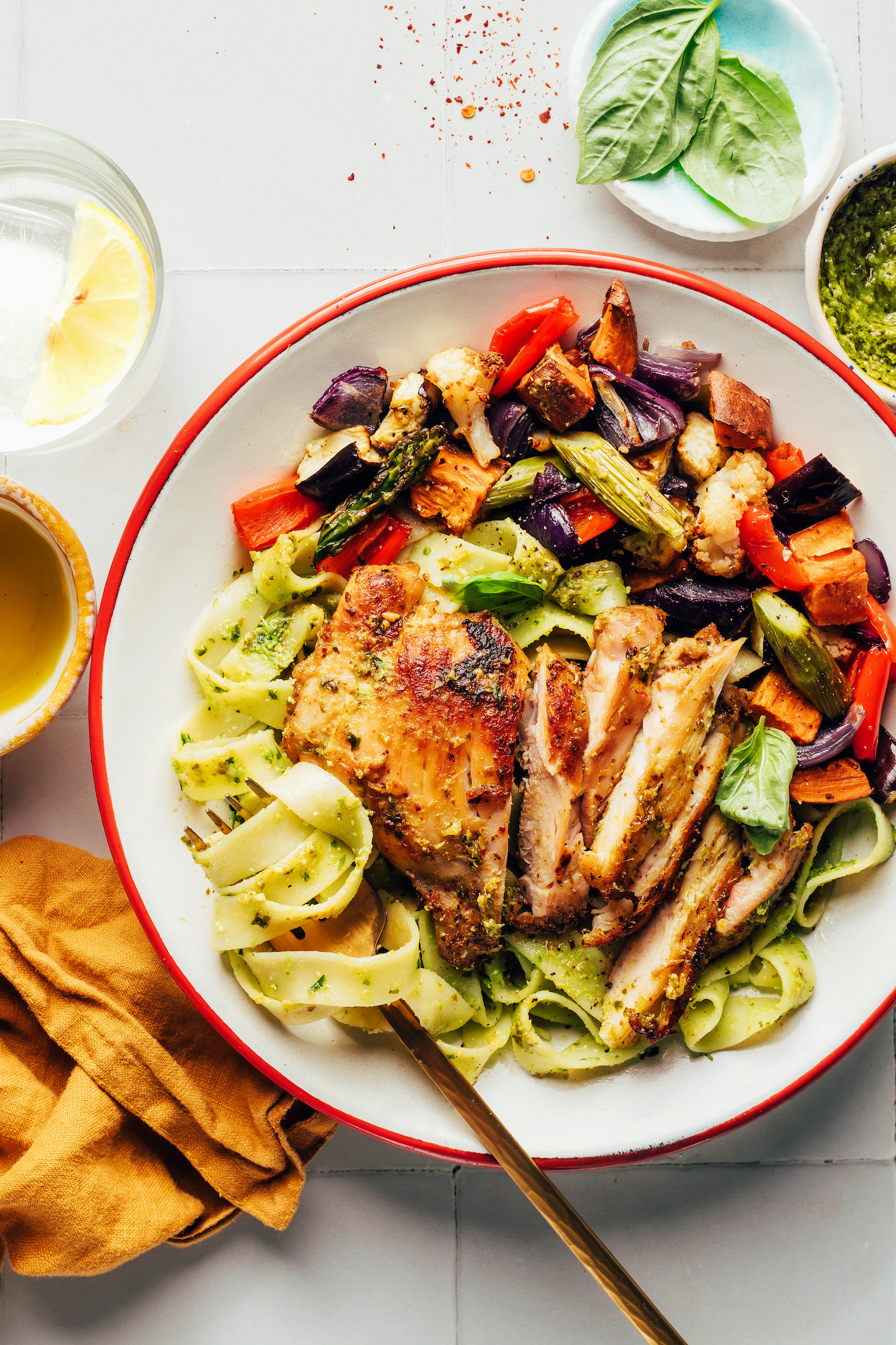
The development of a therapeutic vaccine for Hepatitis B (HBV) has been challenging over the past 20 years due to the virus’s impact on specific immune cells. Advancement was made with the start of TherVacB’s first human clinical trial on January 25, 2024. There are plans to start a phase 1b/2a trial for chronic HBV patients, focusing on the vaccine’s safety and efficacy across Germany, Italy, Spain, England, and Tanzania.
“TherVacB is based on a deep understanding of the challenges of the immune system in chronic HBV infection and is the result of years of dedicated research here in Munich,” says Ulrike Protzer, the leading scientist behind the vaccine. “Our approach is designed to induce exactly the type of immunity required and cover a broad spectrum of over 95% of HBV strains worldwide.” 1
This phase 1a, open-label, dose-escalation study aims to test the safety and immunogenicity of TherVacB in 24 healthy volunteers aged 18 to 65. Part I involves 11 participants receiving protein prime vaccinations on days 0 and 28, followed by an MVA-based boost on day 56. The participants are divided into three groups receiving varying doses of HEPLISAV B and HBcoreAg for prime vaccinations, and different doses of MVA-HBVac for the boost. Part II consists of 13 participants who will undergo 2 protein prime vaccinations and an MVA-based boost but with varied doses of HBsAg, HBcoreAg, and adjuvants across 3 groups.
3 Key Takeaways
- TherVacB represents a significant advancement in therapeutic vaccines, designed to combat HBV by enhancing the body’s immune response specifically against the virus, covering over 95% of HBV strains globally.
- The phase 1a trial of TherVacB focuses on its safety and immunogenicity in healthy volunteers, marking a crucial step toward understanding its efficacy in treating chronic HBV infections.
- The development of TherVacB is aligned with the WHO’s urgent goal to eliminate HBV as a public health threat by 2030.
TherVacB is a type of therapeutic vaccine. In contrast to prophylactic vaccines, these therapeutic vaccines are developed to treat an existing disease, like a chronic infection. These vaccines enhance the body’s immune response to combat the disease.2
“The study deciphers the effect of the individual vaccine components and provides the first direct evidence that efficient activation of HBV-specific CD4 T cells is indispensable for initiating immune control of HBV. It also determines which components are required for a successful therapeutic HBV vaccination and gives important insights into the rational design of therapeutic vaccines for the urgently needed clinical application.”3
Based on previous reporting from Contagion, The World Health Organization (WHO) has called for the elimination of HBV as a public health threat by 2030, but this progression toward elimination has stalled. Nearly 300 million people globally live with HBV, making it the most common chronic infection. Despite stable mortality rates, 2 people die from HBV every minute. 4
WHO’s goals towards eradication include preventing new infections through vaccination and improving testing, clinical management, and treatment. The Centers for Disease Control and Prevention (CDC) recommends a vaccination of 2 or 4 doses depending on the vaccine or patient’s condition. While the goal is to treat 80% of eligible individuals by 2030, only 2% have received treatment. Treatment eligibility relies on HBV DNA testing, but this test is unavailable to many. Simplifying guidelines for non-specialists is crucial to effectively care for those with HBV, given the lack of access to specialists.
All in all, the development of TherVacB fits into public health strategies for combating, prevention, testing, and treatment strategies for HBV. The estimated primary completion date for the TherVacB therapeutic vaccine study is February 2025, with the overall study expected to conclude by August 2025.
References
- A Heterologous Protein Prime/MVA Boost Therapeutic Hepatitis B Vaccine Candidate. Published February 9, 2024. Accessed March 11, 2024. https://clinicaltrials.gov/study/NCT05727267?term=ThervacB&rank=1
- EurekAlert. Therapeutic Vaccine for Chronic Hepatitis B Enters Clinical Trial. Published February 22, 2024. Accessed March 11, 2024. https://www.eurekalert.org/news-releases/1035328
- Unraveling Key Determinant of Successful Therapeutic Vaccination Against Chronic Hepatitis B. Published December 22, 2022. Accessed March 11, 2024. https://www.helmholtz-munich.de/en/newsroom/news-all/artikel/unraveling-key-determinant-of-successful-therapeutic-vaccination-against-chronic-hepatitis-b
- Abene S. What it Will Take to Eliminate Hepatitis B Virus. Contagion. Published January 24, 2024. Accessed March 11, 2024. https://www.contagionlive.com/view/what-it-will-take-to-eliminate-hepatitis-b-virus
